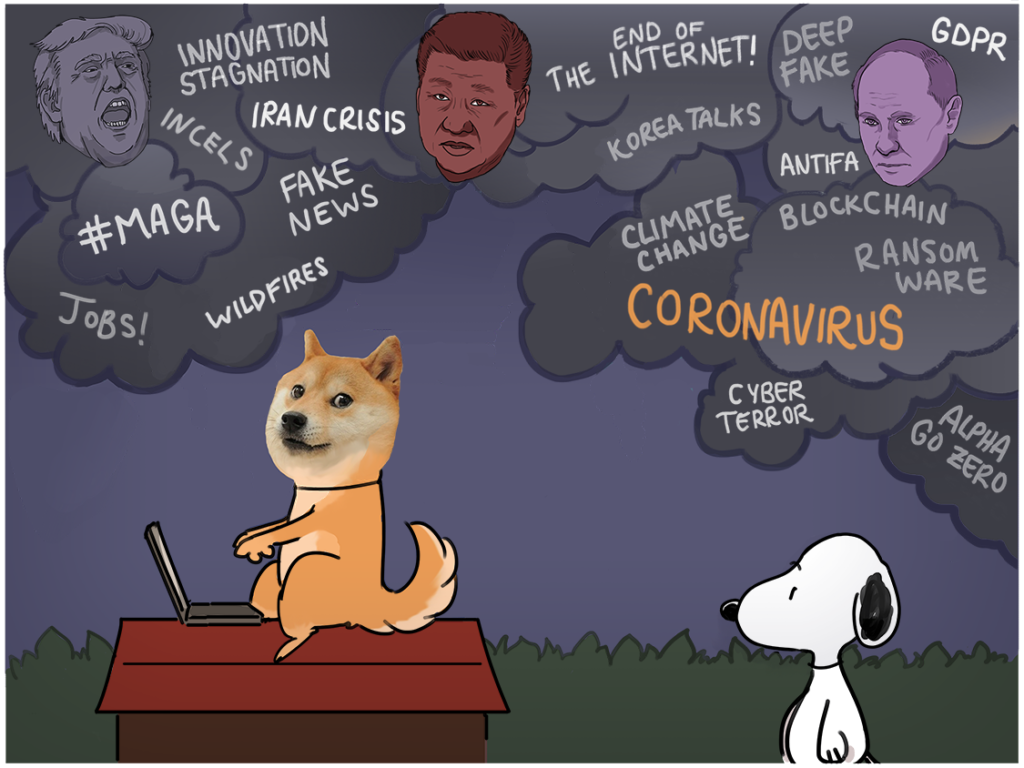The Great Weirding is a sequenced essay collection on the radical global transformation that unfolded between 2016 and 2020. Each long essay is published in 2-3 parts, and explores a key question about the transformation and develop the larger theme. Summaries/recaps of finished essays can be found in the index below.
Recap:
Into the Weirding: In the opening essay, I attempt a broad and multi-dimensional survey and inventory of the events and phenomenology of the Great Weirding, including, political, economic, technological, cultural, and environmental aspects.
Control Failure: In the second essay, I begin with a case study of “weirding” — weird and anomalous airline disasters — and develop an account of weirding in terms of Charles’ Perrow’s notion of “normal accidents” and Adam Curtis’ idea of a “hypernormalization” of the world. I propose a set of five postulates on what weirdings are, and sketch two caricatured postures one might adopt in relation to the Great Weirding — Normalists and Weirdists.
Shadowland: In the third essay, I explore the question of the broad-strokes cultural mood of our times, via a detailed comparison to the 1920s. The collective mood, I argue, is a refractory, dissociative one that we can expect to last for at least a decade. I contrast the two eras by way of a contrast between H. P. Lovecraft’s Cthulhu mythos, which was developed in the 1920s, and Donna Haraway’s recent notion of the Chtulhucene, as a lens on the Anthropocene.
Accidental Designs: In the fourth essay, I argue that a key function of institutions in history, underwriting large-scale normalcy, has become both impossible and unnecessary in the Permaweird, and that humans are undergoing an associated transformation of the psyche comparable to the retreat from literalist, organized religion in the last century. As the going has gotten weird, humans are learning to go professionally weird, en masse.
Between Flux and Machine (in preparation)
Rewilding the Human (in prepraation)


